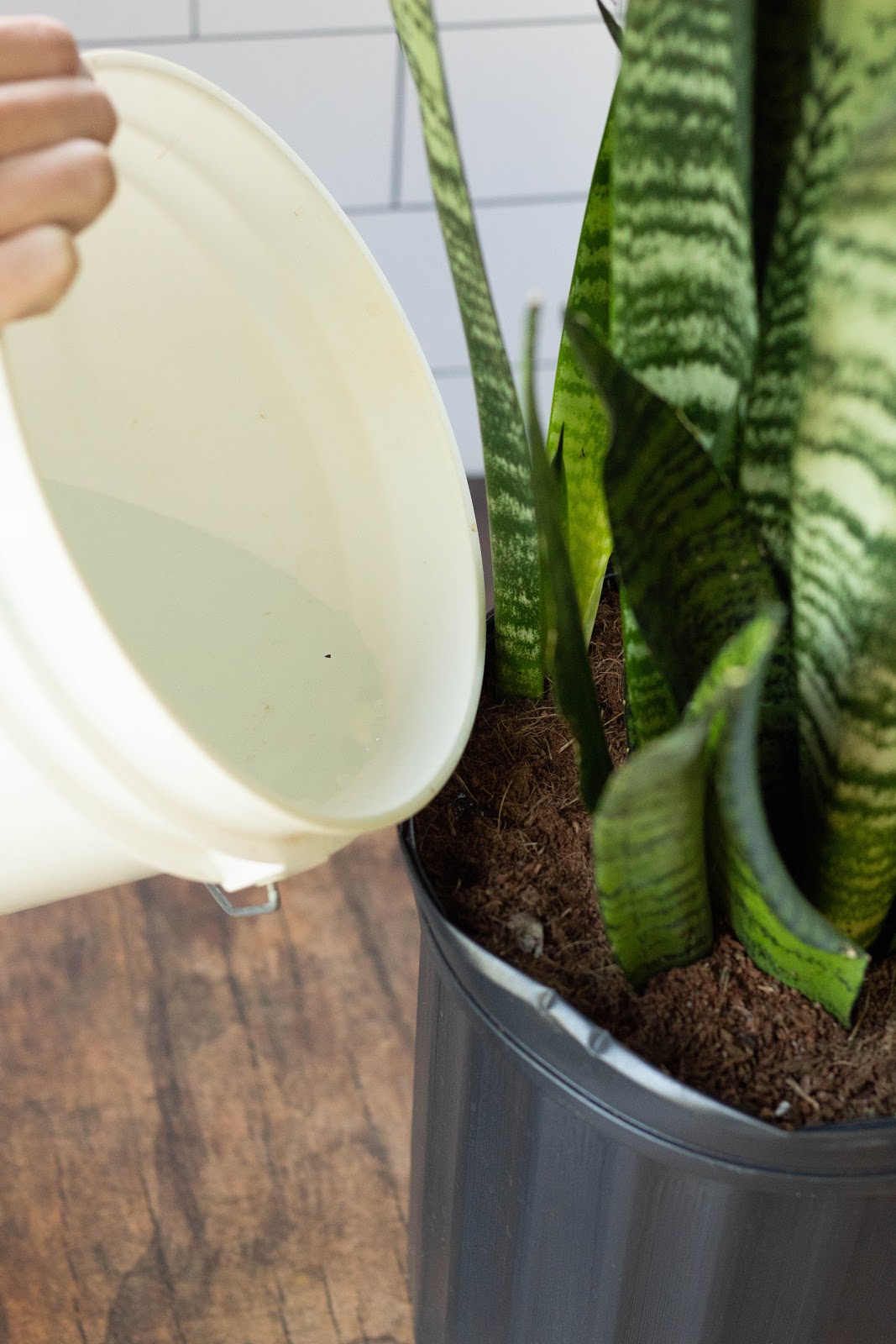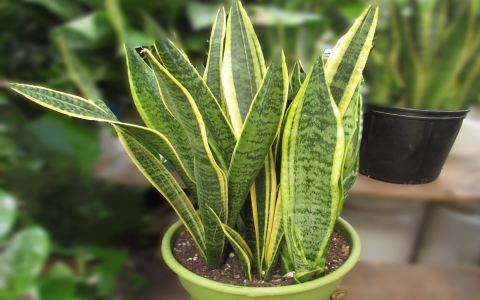So, I’ve been getting into this whole houseplant thing, and my snake plant is one of my favorites. It’s supposed to be easy to take care of, but I wanted to make sure I was doing everything right. Especially when it comes to fertilizing. I did some digging and messed around a bit in my garden, and here’s what I found out about giving these plants the nutrients they need.
First off, I learned that snake plants aren’t too picky, but they do appreciate a good meal now and then. I went with a balanced, slow-release fertilizer. The one I picked up from the local store has a 10-10-10 formula. I saw some with 20-20-20, but I stuck with 10-10-10. I figured it’s better to start slow and see how the plant reacts. These numbers, as far as I understand, show the ratio of Nitrogen, Phosphorus, and Potassium. All of that is supposed to be important for plants, so it makes sense to have them balanced.

- Nitrogen (N): This is supposedly good for leaf growth. It makes sense because snake plants are all about those tall, sturdy leaves.
- Phosphorus (P): I read that this helps with root development and flowering. Snake plants don’t flower often, but strong roots are a must.
- Potassium (K): This one is said to help with overall plant health and making the plant strong against diseases.
I started by mixing the fertilizer with water, following the instructions on the package to get the concentration right. I didn’t want to overdo it. My first time, I fertilized the plant and then just watched it closely. I watered the plant a bit first to make sure the roots were ready to take in the nutrients and then poured the mixture slowly around the base.
Timing is Everything
From what I gathered, you should only fertilize snake plants during their growing season, which is spring and summer. I marked my calendar to fertilize every 6-8 weeks. I think of it like this: the plant is actively growing and using up energy, so that’s when it needs the extra boost.
Less is More
One thing I kept reading about was the danger of over-fertilizing. I definitely didn’t want to do that. It’s like, too much of a good thing can be bad. Over-fertilizing can burn the roots, and that’s the last thing I wanted for my plant. So, I made sure to stick to the schedule and not get too generous with the fertilizer.
After a few weeks, I started to notice my snake plant looking even healthier than before. The leaves seemed greener, and it just looked more lively overall. It’s a good feeling to see your plants doing well, especially when you’re trying out something new. It’s like a little reward for your effort.
So, that’s my experience with fertilizing my snake plant. It wasn’t as complicated as I thought it might be. Just picking the right fertilizer, getting the timing right, and not going overboard seems to do the trick. I’m no expert, but my snake plant seems happy, and that’s what matters to me. Gardening is all about trial and error, right? This time, I think I got it pretty right.




















